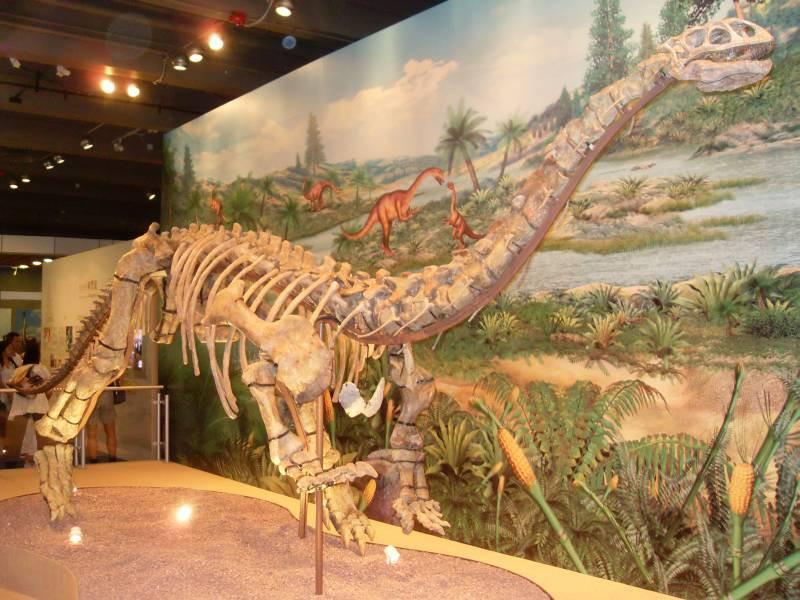In case you missed them, here are four science stories that broke ground last week around the world.
Robotic bat darts through the air
Researchers from the University of Illinois at Urbana-Champaign and California Institute of Technology have built and tested “Bat Bot”, a robot bat capable of flight under its own power. Their research was published last Wednesday.

A bat’s flapping method of flying could be more maneuverable than the rotor-driven drones and quadcopters that fill the skies today. In an interview with Science News, Caltech associate professor of aerospace engineering and Bren Scholar Soon-Jo Chung explained that “bat flight is the holy grail of aerial robotics.”
Using sensors and a computer to guide its silicone wings, Bat Bot is an example of biomimicry—design based on natural life. Although Bat Bot’s wings might allow it to fly in wind better than rotor-driven alternatives, the robot is still so fragile that it requires a safety net when it flies.
Cyborg insect offers potential for medical field
Charles Stark Draper Laboratory (CDSL) in Massachusetts has designed a system that enables them to manipulate a dragonfly’s flight.
Researchers with the CDSL and the Howard Hughes Medical Institute have designed backpacks for the insects that connect to light-sensitive neurons in their eyes. These dragonflies have been genetically modified to be more sensitive to light, making them easier to control using liwght pulses.

The project is called DragonflEye and it goes much deeper than light pulses. A device has also been created that wraps around the dragonfly’s spine, enabling a controller to determine the dragonfly’s flight path and speed. Genetic modification is also focused on the so-called “steering neurons” located in the nerve cord, which enables dragonflies to make sharp, precise turns.
Some officials at the CDSL said that this type of technology applicable in the medical field, such as improving surgeries. The project was initially born from engineers observing animals in flight to learn how they improve the design of drones.
RELATED: Urban agriculture: feeding the future
Dinosaur soft tissue preserved
RELATED: Four UA researchers named Bisgrove Scholars
Texas reaches preliminary decision on evolution in school

Follow Nicole Morin on Twitter.









